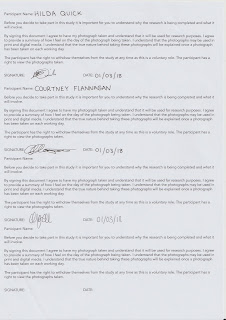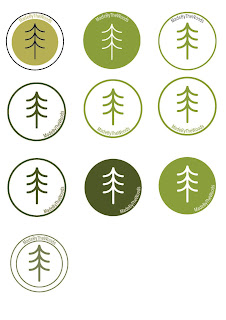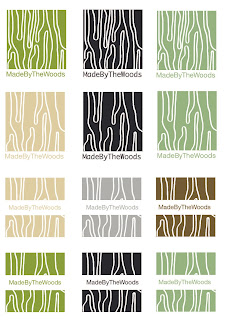What's working currently:
Pie Face
- Whipped cream or a wet sponge on the hand of the game unit and turn the handles. It could go off at any time, this is what makes the game fun
- You score a point for every time you turn the handle without getting pie-faced. the one who scores 25 points wins
This game works because of the unknown element of when/if a person will receive whipped cream in the face. It is also humorous for all ages.
Themed Cluedo
- Cluedo is regularly reinvented to keep up to date with the latest tv series/films.
- The characters of the original game are changed to fit the theme
- Appeals to fans of the theme
- Keeps a traditional game current with today's trends
Having a theme to a traditional game keeps it current in the market and also means that it can continue to be released with each new theme.
Ugg-Tect
- Challenges players to build a series of 3D structures while communicating only in primitive cave-man grunts
- If a mistake is main the player will receive a smack on the head from one of the inflatable plastic clubs that come with the game
There is a level of interaction with each other and the game, keeping the audience involved even if it is not their turn.
Pandemic, Dead of Winter, Freedom - The Underground Railroad are games that are structured around an apocalyptic event.
Catan
- Players are aiming to be the dominant force on the island by building settlements, cities and roas
- Each turn of the dice determines what resources the island produced. These are collected by players to build up their civilization and win the game
- The game has won awards due to its ability to appeal to experienced gamers as well as those new to the hobby
- Multiple editions to the game
Cards Against Humanity
- Each round, one players asks a question from a black card and everyone else answers with their funniest white card
- The rules do not state how to win the game - the objective is simply to have fun
- The flexibility of the rules allows for players to incorporate their own
The Metagame
- An alternative to Cards Against Humanity
- 200 culture cards, 100 opinion cards
- 6 separate games that can be plaid with the cards
- 2 to 50 players
What Do You Meme
- Pair caption cards to make the best meme, as judge by a different player every round
- 3 to 20 players
- Adult content
Through The Window
- Card Game
- A simple game that can be competitive
- Each player receives 4 cards. The gamer begins by saying "I looked through the window and saw..." each player then turns over one of their four cards so all can see. Each player must try and say animal, object or place that begins with the same letter as the card shown. For example if the card is an Ace players might call out apple, aardvark or Arksansas. The first player to call out a correct word takes the card. The turn now goes to the player to the dealers left. The player follows the dealers lead and says "I looked through the window and saw..." and flips over one of their four cards for all to see. Each player creates a captured card pile separate from their original dealt cards. Play continues in the same way with each player taking a turn until all the cards originally dealt have been turned up and captured.
- You cannot use the same word or another word the same as another person
- The winner with the person with the most cards
This game can easily be adapted to suit various themes/added features to make it more current for today's market.
Many of the researched games are structured around humour ad content that is appropriate for a more adult audience.





















































































































